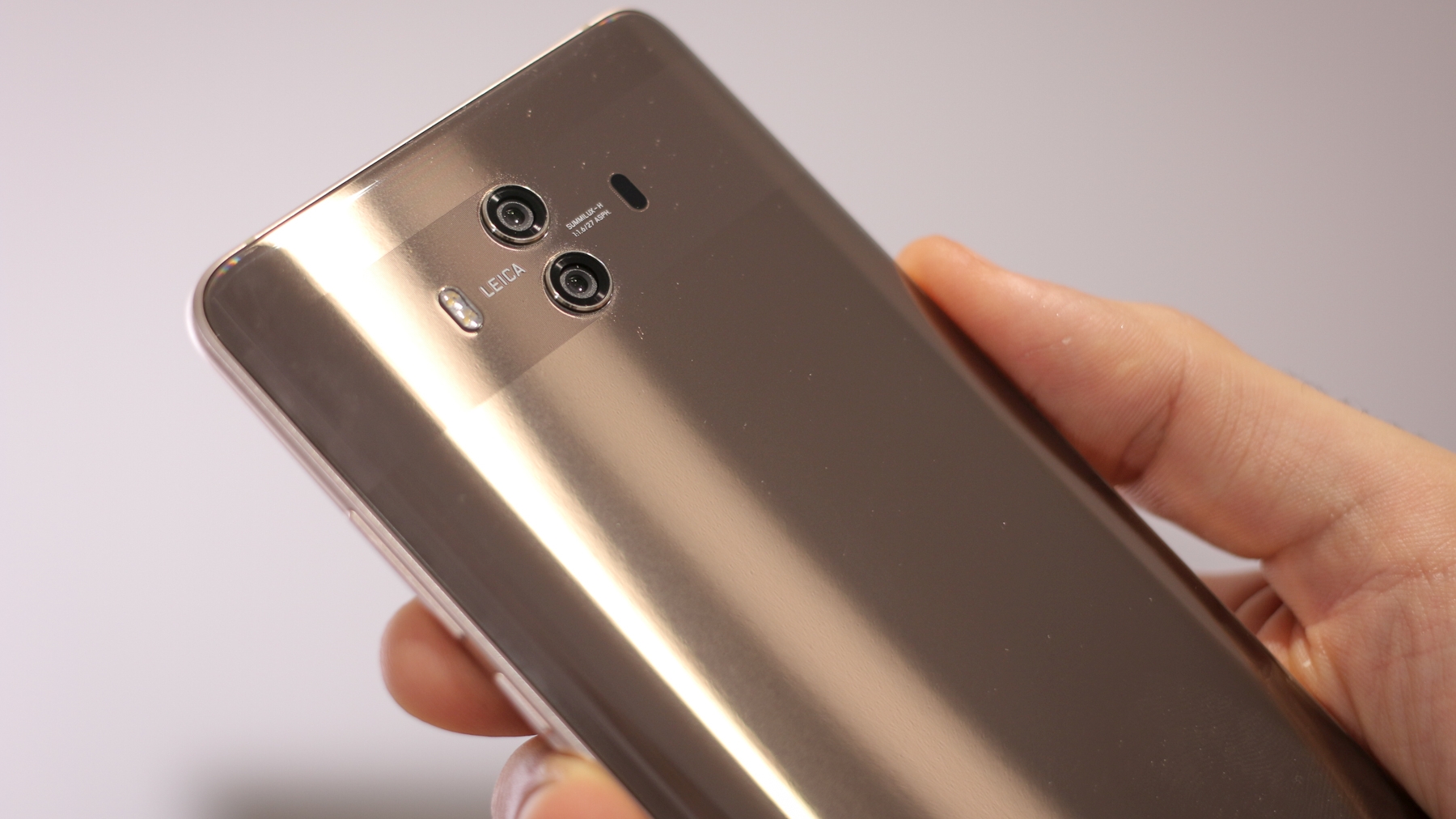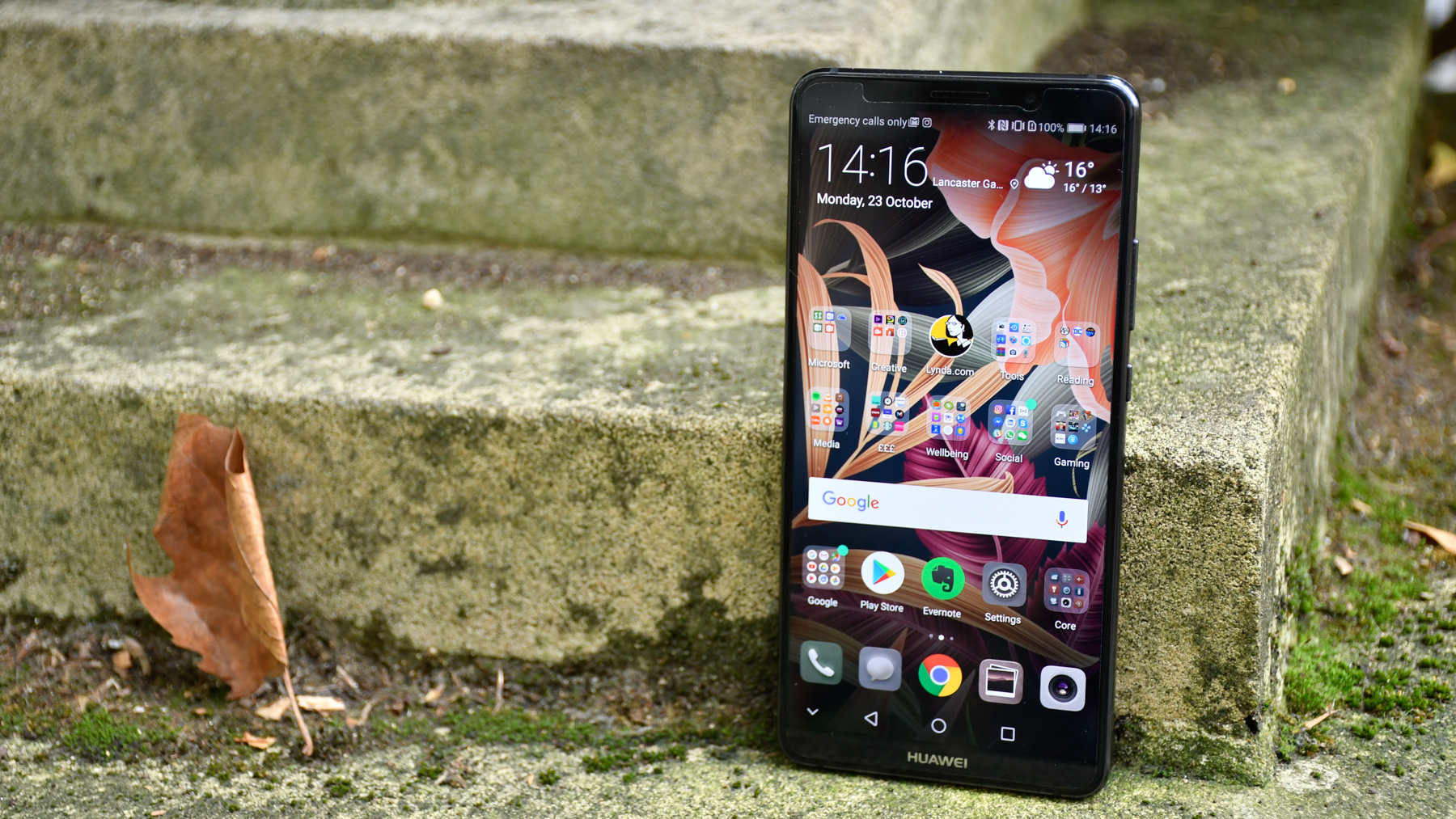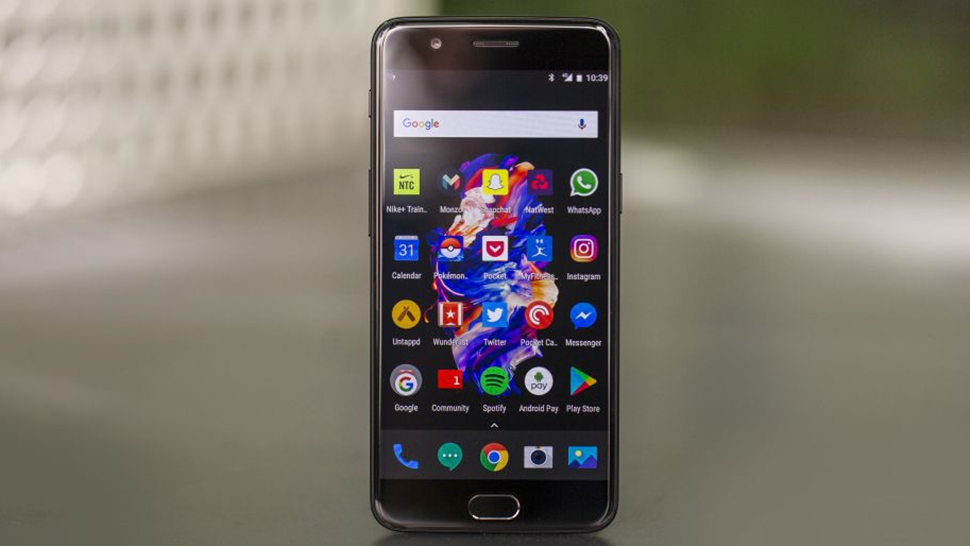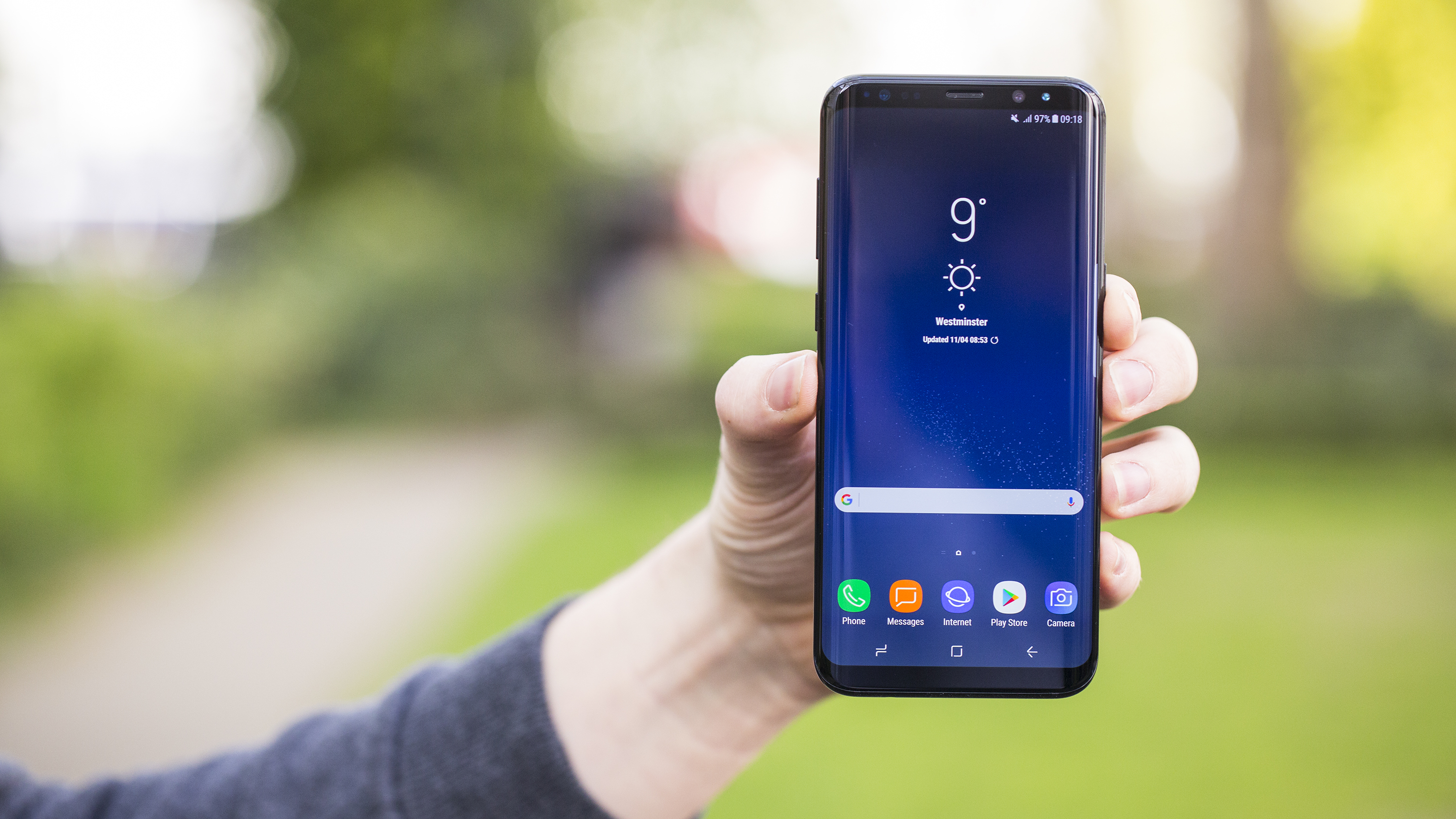Why you can trust TechRadar
Verdict
The Huawei Mate 10 won’t even be a consideration for anyone in the UK or the US right now given its limited availability, but if you’re reading this in Australia or another region it will be available, and are in the market for a big phone, it should definitely be a contender.
Combining premium design and a top-tier spec sheet with an easy to justify price tag and an excellent camera set-up, it delivers flagship experiences while undercutting many flagships.
It also offers more flexibility than the Mate 10 Pro, sporting both a 3.5mm headphone jack and a microSD card slot. In fact, the only things missing on the Mate 10 are wireless charging and water resistance.
If either of those are deal breakers, then look elsewhere. If not, and you aren’t put off by Huawei’s take on Android, the Mate 10 could be the best value flagship spec'd phablet around right now.
Who's this for?
The Huawei Mate 10 is a power user’s dream. Costing AU$899 (around $710, £530) SIM free, it represents the kind of price point that’s a step above the OnePlus 5 and a step below other flagships with comparable power. It’s almost worth looking at it as a OnePlus 5 Plus of sorts.
Stock android purists, or anyone who prefers their user interfaces clean, simple and fuss-free will want to look elsewhere. The lack of water resistance and wireless charging may also put potential buyers off.
If you enjoy a customisable interface however, don’t need wireless charging or water resistance and are in the market for a big phone with excellent specs for the price, plenty of power and a great enthusiast camera setup, the Mate 10 will fit the bill nicely.

Should you buy it?
The Mate 10 represents a good value flagship phablet with few shortcomings.
The fact it has a 3.5mm headphone port and a microSD card slot adds appeal to users put off by smartphones like the iPhone 8 Plus, Google Pixel 2 XL and Mate 10 Pro – all of which ditch the aforementioned connections in favour of water resistance.
It also delivers a very customisable camera experience, falling behind the Google Pixel 2 XL in plain automatic mode, but edging ahead when it comes to the manual modes and kinds of photo opportunities made available as a result.
Perhaps most appealing is the Mate 10’s price. Costing AU$600 less than the Galaxy Note 8 for example and shipping with a case and pre-fitted screen protector in the box, you can’t help but feel like Huawei just offers better value for money here.
As a result, if you’re looking for a flagship-type device in a big, sleek chassis that represents decent value for money and you don’t mind the lack of wireless charging or water resistance, the Mate 10 is easy to recommend.
The Huawei Mate 10 has competition from a number of more widely available phones, such as the following three.
Huawei Mate 10 Pro

The most obvious alternative to the Huawei Mate 10 is the Mate 10 Pro.
The Mate 10 Pro features more storage, 128GB vs 64GB on the Mate 10, has an OLED display, IP67 water resistance and is a smaller device. It also offers better battery life and 6GB of RAM as opposed to 4GB.
The Mate 10 does have some key advantages though – a 3.5mm headphone jack, a sharper, QHD display and a microSD card slot.
- Read our Huawei Mate 10 Pro review
OnePlus 5

The OnePlus 5 is the best value for money Snapdragon 835 smartphone out now, with the 64GB version undercutting the Mate 10 by AU$300.
It can’t compete with the Mate 10 in terms of screen size, resolution, speaker quality or battery capacity. Nor is it microSD expandable, though it does offer plenty of power under the hood and a punchy OLED display, making it a great gaming choice.
- Read our OnePlus 5 review
Samsung Galaxy S8 Plus

Available for AU$1,149 if you shop around, the Samsung Galaxy S8 Plus competes on the big-screen front, but delivers 18:9 AMOLED technology, edging ahead of the Mate 10 in terms of both size and quality. Where the Mate 10 wins out is value, still costing AU$250 less.
Huawei’s latest Mates also pack a newer version of Android than the S8 Plus as well as a dual-camera set-up, though the Mate 10 doesn’t have the IP rating that the S8 Plus does.
- Read our Samsung Galaxy S8 Plus review
First reviewed: November 2017
Basil Kronfli is the Head of content at Make Honey and freelance technology journalist. He is an experienced writer and producer and is skilled in video production, and runs the technology YouTube channel TechEdit.

